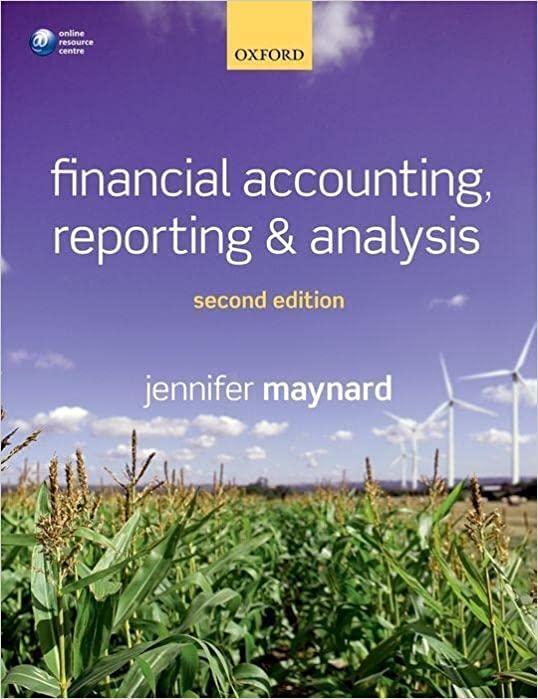Question
1. All of the following are true about average cost per unit except: a. Average cost equals variable cost per unit plus average fixed cost
1. All of the following are true about average cost per unit except:
a. Average cost equals variable cost per unit plus average fixed cost per unit
b. Average costs are used in financial statements
c. Average costs are usually irrelevant for decision-making because they include a portion of fixed cost.
d. Average costs are usually good estimates of future costs
2. Which one of following is not a reason to take into account the relevant range when estimating a cost?
a. The cost function is nearly linear within a relevant range.
b. It is reasonable to assume that fixed costs remain fixed in this range.
c. It is reasonable to assume that variable costs remain constant in this range.
d. We cannot make assumptions about linearity within a relevant range.
3. All of the following are true about analysis at the account level except:
a. It is a method for separating fixed and variable costs
b. It uses information from the general ledger
c. It is a quantitative method for separating costs
d. It requires very little judgment to determine cost behavior
Step by Step Solution
There are 3 Steps involved in it
Step: 1

Get Instant Access to Expert-Tailored Solutions
See step-by-step solutions with expert insights and AI powered tools for academic success
Step: 2

Step: 3

Ace Your Homework with AI
Get the answers you need in no time with our AI-driven, step-by-step assistance
Get Started


